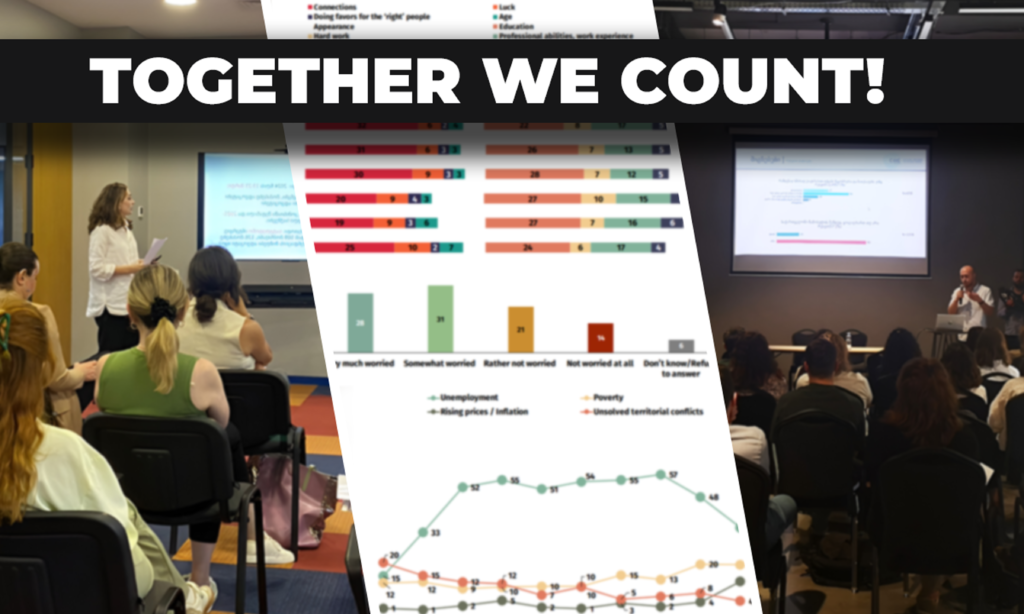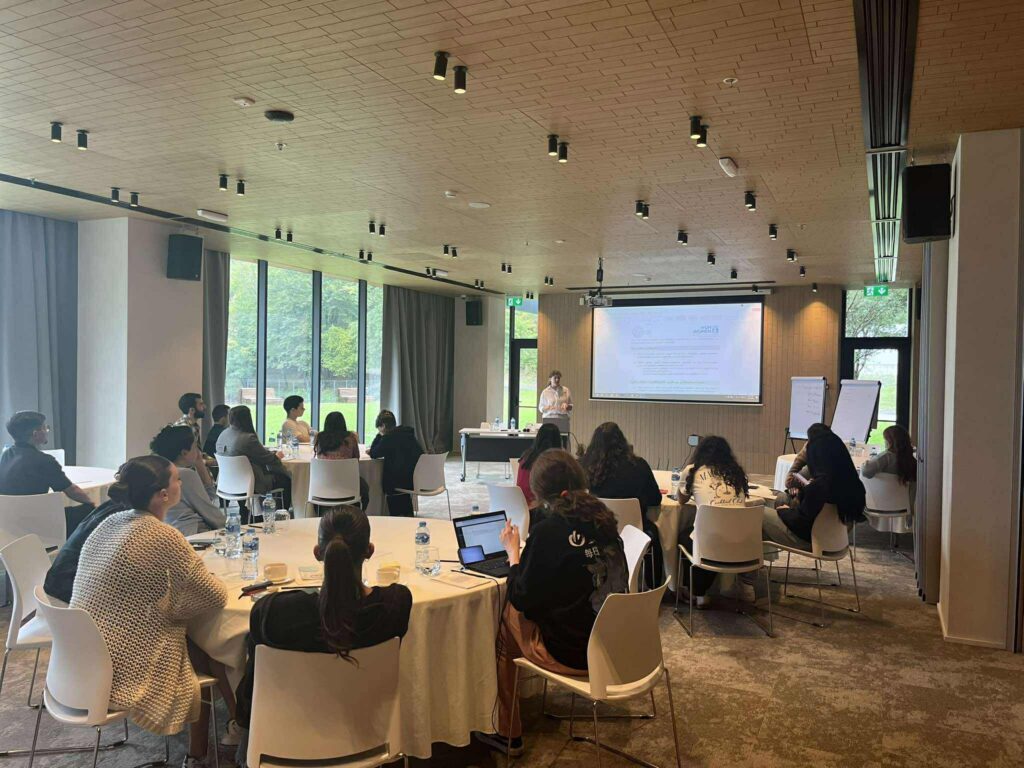People in Georgia consistently name unemployment as the main problem the country faces. Women, compared with men, report having a job less often. Based on CRRC/NDI December 2017 survey findings, this blog post presents the population’s perceptions of some of the issues that women in Georgia face that may partially explain women’s lower labor force participation rate.
During the survey, several issues were evaluated from the point of view of whether these represent a problem for women in Georgia or not. Approximately half of Georgia’s population considers a lack of kindergartens to be a problem for women, followed by bad maternity leave conditions, which are perceived to be slightly worse in the private sector than in the public sector. Quite a large share of the population (39%) reports that in their opinion, employers prefer to hire men over women, although 50% do not think so. Similarly, more people disagree than agree with the opinion that women are not being hired in Georgia for leadership positions. The chart below lists both the issues and the assessments.
Note: Distribution of answers “Don’t know” and “Refuse to answer” is not shown in the charts through this blog post.
Interestingly, men and women answer very similarly regarding kindergartens and employers’ gender preferences. There are, however, some differences when it comes to maternity leave conditions and women not being hired for leadership positions. Slightly more women than men name these as problems.
Note: Only the share of positive answers is shown in this chart.
People living in different settlement types answer these questions slightly differently. A lack of kindergartens is perceived to be much more problematic in Tbilisi than in rural settlements. Compared to the urban population, a slightly larger share of people living in villages and ethnic minority settlements report that employers prefer to hire men over women as a problem. Women not being hired for leadership positions is also more often perceived as a problem in villages and ethnic minority settlements.
Note: Only the share of positive answers is shown in this chart.
This blog post illustrates some of the potential obstacles for women’s employment in Georgia, as perceived by the population. Do you think that these issues help explain why relatively few women participate in the labor force in Georgia? Share your thoughts with us on Facebook or Twitter.
To explore the data used in this blog post further, visit our Online Data Analysis platform.







